Amboseli at the Crossroads of Conservation and Development: Q&A with Nancy Githaiga; Country Director - Kenya
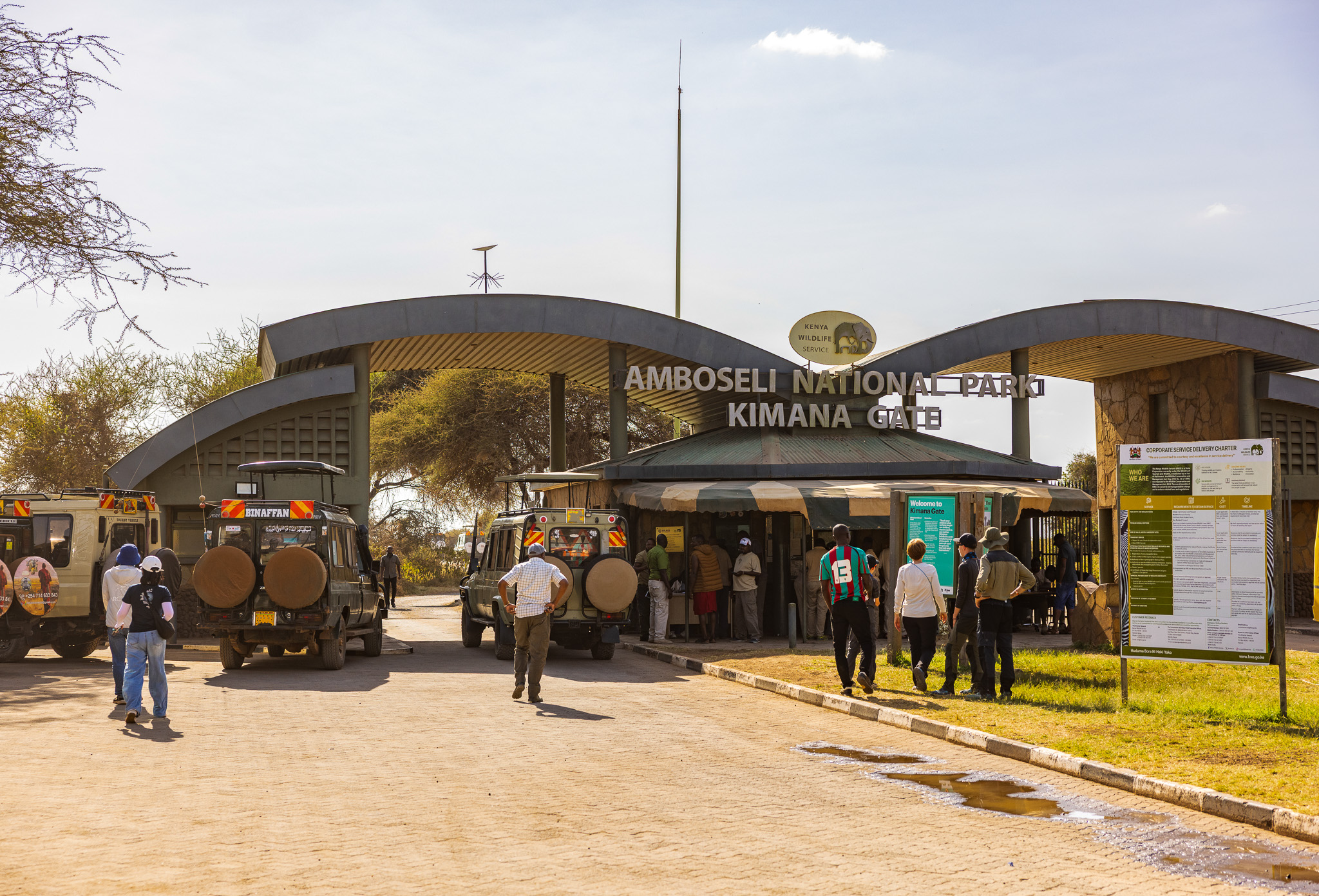
Amboseli National Park - Kimana Gate
On July 29, 2025, Kenya’s Cabinet ratified the transfer of Amboseli National Park from national to county-level management, marking the first time in the country’s history that a national park will be co-managed by a local government. The move places day-to-day park operations under the Kajiado County Government, while the Kenya Wildlife Service (KWS) retains oversight of wildlife protection and national standards.
This development matters far beyond Kenya’s borders. Amboseli, a breathtaking landscape nestled at the foot of Mount Kilimanjaro, is home to one of Africa’s most iconic elephant populations and a globally significant biodiversity hotspot. It is also the ancestral home of the Maasai people, whose deep cultural ties to the land have shaped the ecosystem for generations.
The handover is more than a governance shift, it signals a broader rethinking of how conservation is led, financed, and sustained in Africa. It raises urgent and exciting questions about community leadership, ecological stewardship, and how conservation can serve people as much as it serves wildlife.
To unpack what this means for conservation,both in Kenya and across the continent, we sat down with Nancy Githaiga, Kenya Country Director at the African Wildlife Foundation.
Q: For readers unfamiliar with Amboseli, why is this place important?
Nancy: Amboseli is one of Africa’s most iconic landscapes. Located in southern Kenya, it’s home to globally significant wildlife, including some of the continent’s most studied elephant populations, and to the Maasai people, who have coexisted with nature here for generations. But it’s more than a national park. It’s a complex, living landscape where conservation, culture, and livelihoods intersect. It faces real pressures: land fragmentation, climate change, and limited economic opportunities for communities. At the same time, it holds enormous potential to become a model for how conservation can support development.
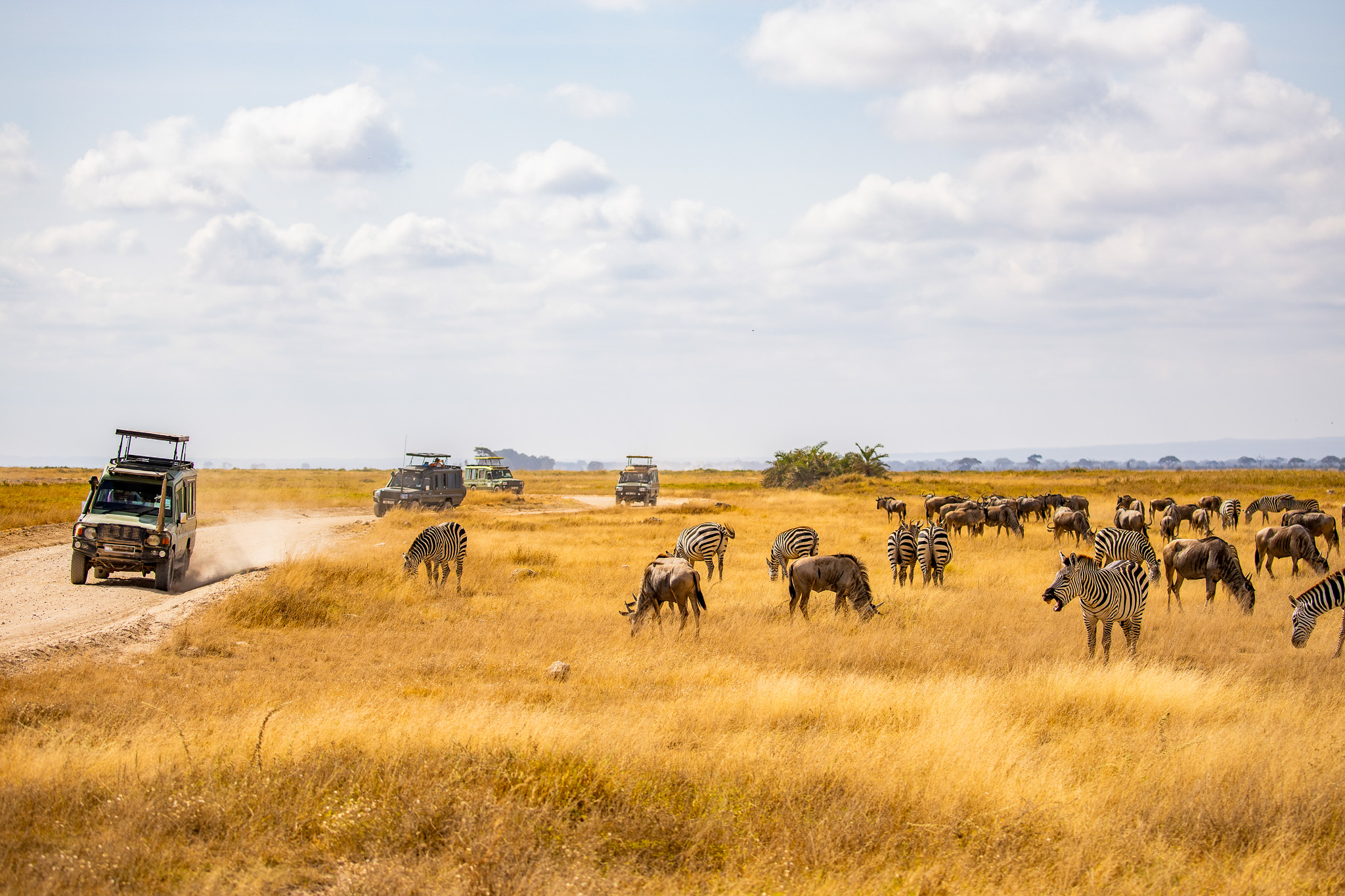
Tour vehicles viewing Wildlife in Amboseli National Park
Q: Recently, Amboseli has been in the spotlight due to the park's handover to Kajiado County. Why is this significant?
Nancy: This isn’t just about changing who manages a park, it’s a pivotal moment for community-led conservation. Across the continent, we’re seeing a shift where decisions about land, wildlife, and natural resources are moving closer to the people who depend on them. In Kajiado, the handover represents a chance to reimagine conservation from the ground up: rooted in local culture, driven by community voices, and aligned with development goals. It’s about self-determination, how African communities define success on their own terms.
Q: What role has AWF played in this transition?
Nancy: AWF has worked in Amboseli for over five decades. We supported the creation of some of Kenya’s first community conservancies, helped secure wildlife corridors, and promoted land-use planning that integrates conservation and community needs. Over the years, we’ve also helped build the capacity of local organizations, enabling them to take the lead. While we shifted our focus to other priority landscapes, the Governor invited us back to support the development of a landscape master plan. We’re here in a facilitative role, helping align stakeholders, bridge different governance levels, and ensure that the process is inclusive, strategic, and grounded in long-term impact.
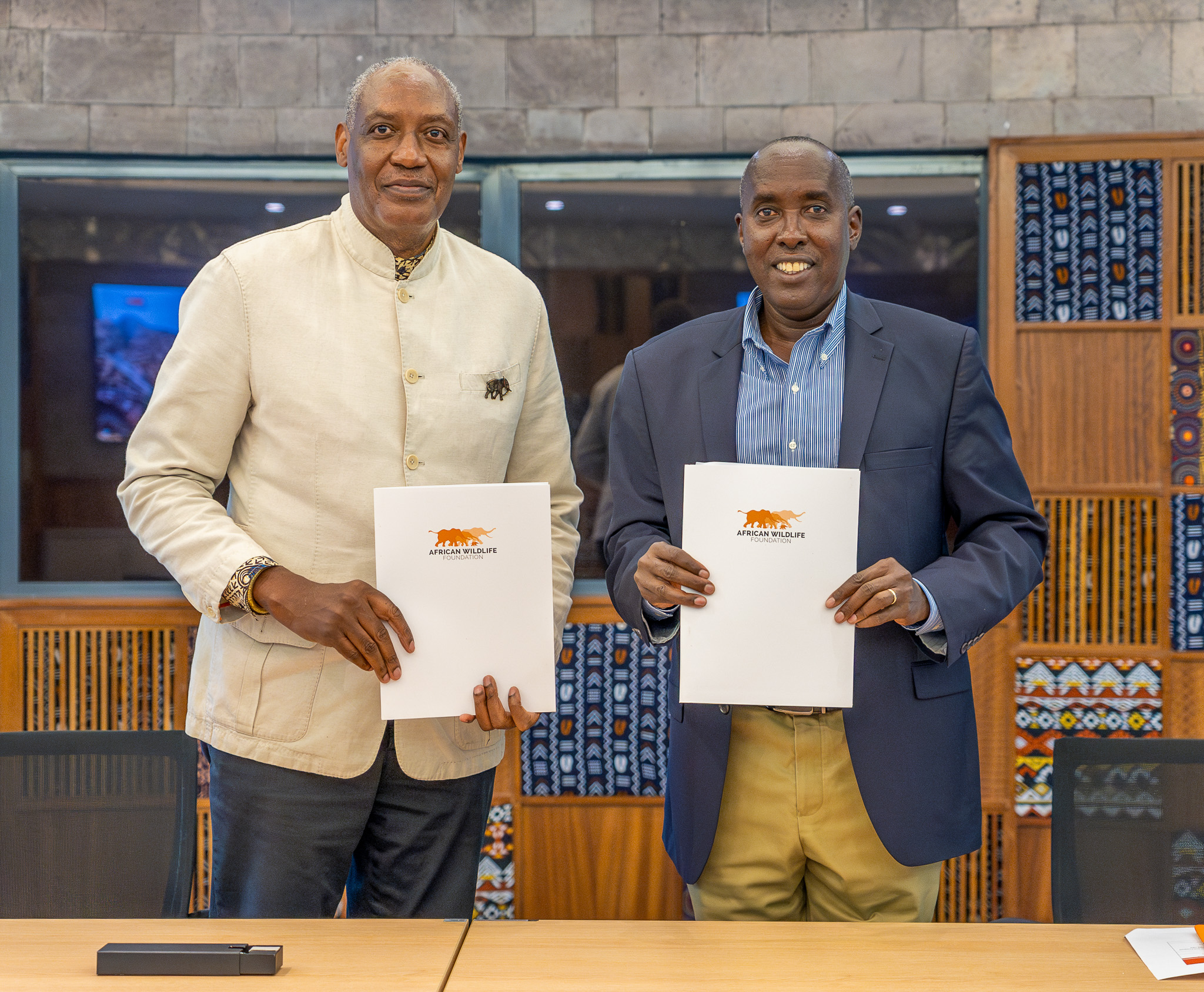
AWF CEO, Kaddu Sebunya and Kajiado County Governor, H.E. Joseph Ole Lenku during a courtesy visit to the AWF Headquarters.
Q: Some worry that county governments may not be ready to manage national parks. How do you respond to those concerns?
Nancy: That concern is valid, but stalling devolution is not the solution; supporting it thoughtfully is. Effective conservation hinges on strong governance, clear legislation, and shared accountability frameworks. In the case of Amboseli, this transition introduces a co-management model under Article 187 of the Constitution, with Kajiado County responsible for daily operations and the Kenya Wildlife Service (KWS) retaining oversight of wildlife protection, veterinary services, and standards compliance. Importantly, the National Treasury will compensate KWS for any projected loss of revenue during the transition, and a portion of ongoing park income will continue to support national conservation efforts.
Q: What kind of development opportunities does conservation unlock for Amboseli?
Nancy: Conservation in Amboseli isn't just about protecting wildlife, it’s a gateway to building a more resilient, inclusive local economy. One of the most promising areas is the livestock sector, which forms the backbone of livelihoods for the majority of households in the region. With the right investment in value chains, such as processing, aggregation, and market access, livestock and dairy can generate far more economic return while reducing pressure on rangelands. By aligning conservation goals with economic opportunity, we can help communities diversify income, reduce overreliance on natural resources, and build long-term resilience. When conservation becomes a foundation for enterprise, everyone benefits, from the land to the people who depend on it.
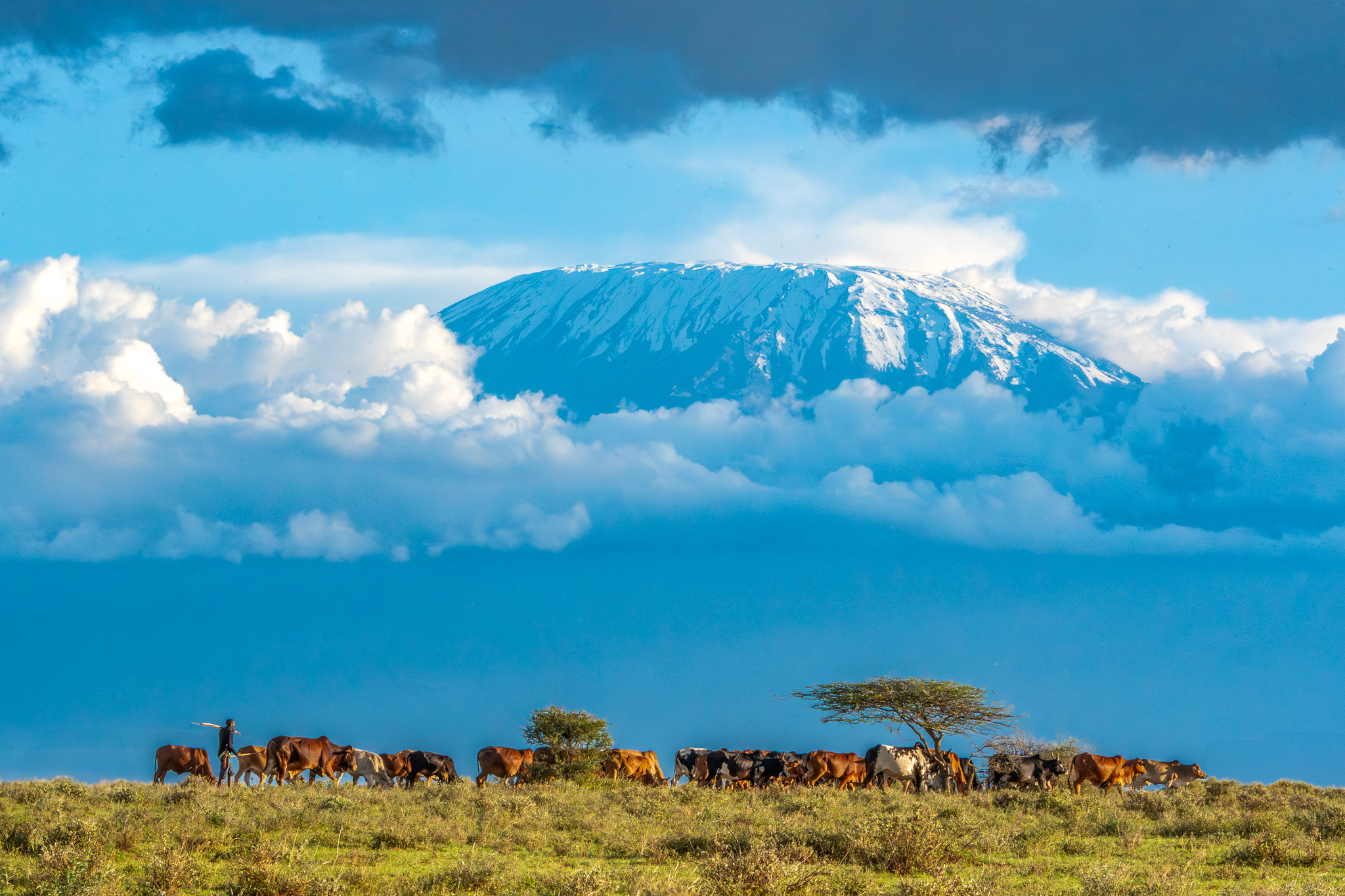
Livestock grazing in Amboseli National Park with Mount Kilimanjaro in the Background
Q: How do you navigate the tension between preserving Maasai culture and enabling modern development?
Nancy: That’s one of the most profound questions we face. The Maasai have a rich, resilient culture that’s deeply connected to the land. But they’re also adapting, embracing education, entrepreneurship, and modern livelihoods. The goal isn’t to freeze culture in time, but to evolve it thoughtfully. We advocate for solutions like modulated pastoralism, market-based livestock systems, and strategic land-use planning, all designed with the community, not imposed on it. The question is not whether the Maasai will change, but how, and who gets to decide.
Q: What does success look like 5–10 years from now?
Nancy: Success is an Amboseli where wildlife and people thrive together. Where communities feel empowered and benefit tangibly from conservation. Where land-use decisions reflect a shared vision for the future. If we do this right, Amboseli could become a blueprint, not just for Kenya, but for Africa,showing that conservation, culture, and development are not competing interests, but interconnected parts of the same story.
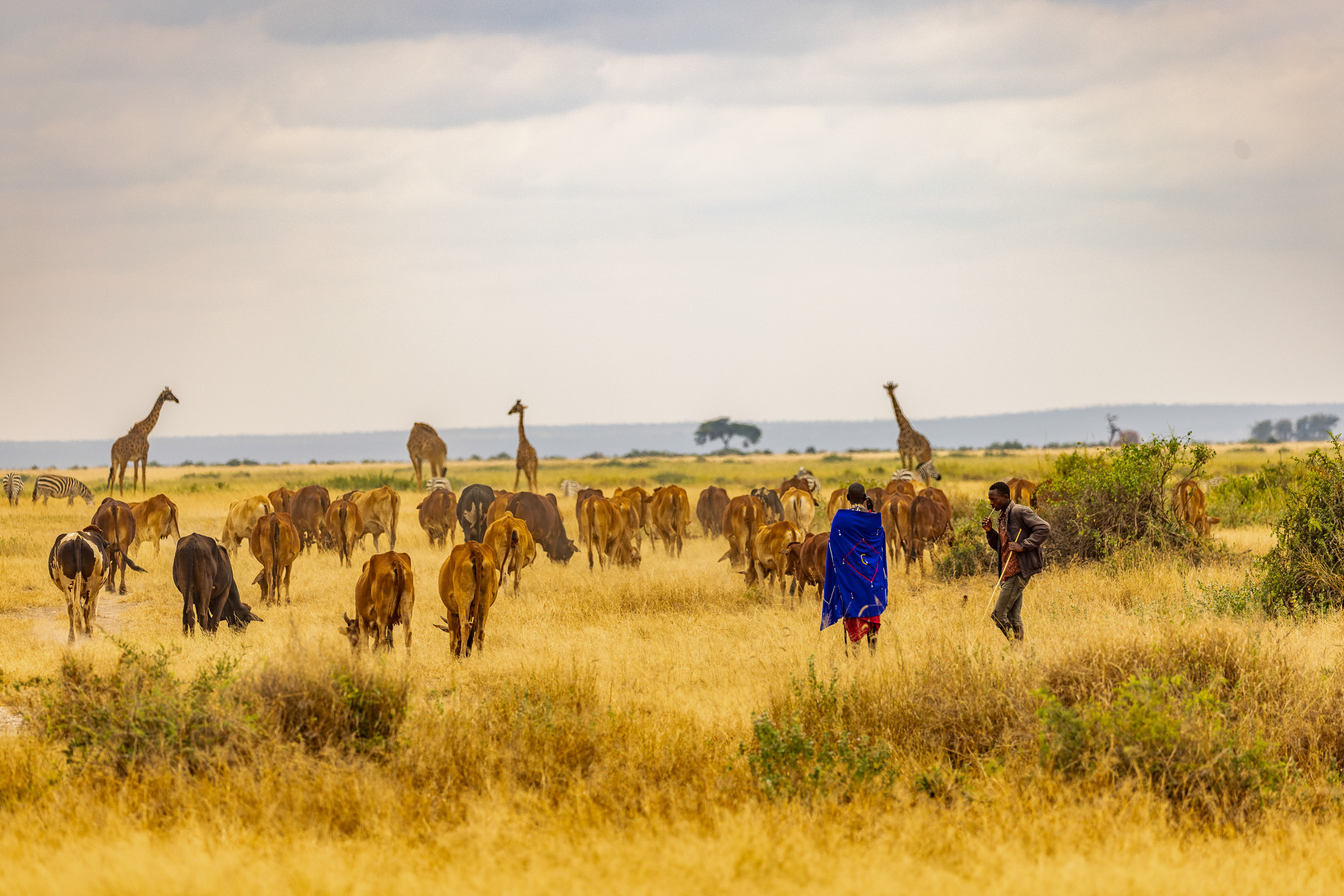
Livestock and Giraffes grazing in Amboseli National Park
Q: Any final thoughts?
Nancy: We are at a defining moment for Amboseli,and for conservation in Africa. We must move beyond top-down protectionism and toward partnership. Conservation must serve people just as much as it serves biodiversity. That’s not only how it will endure, it’s how it will thrive.